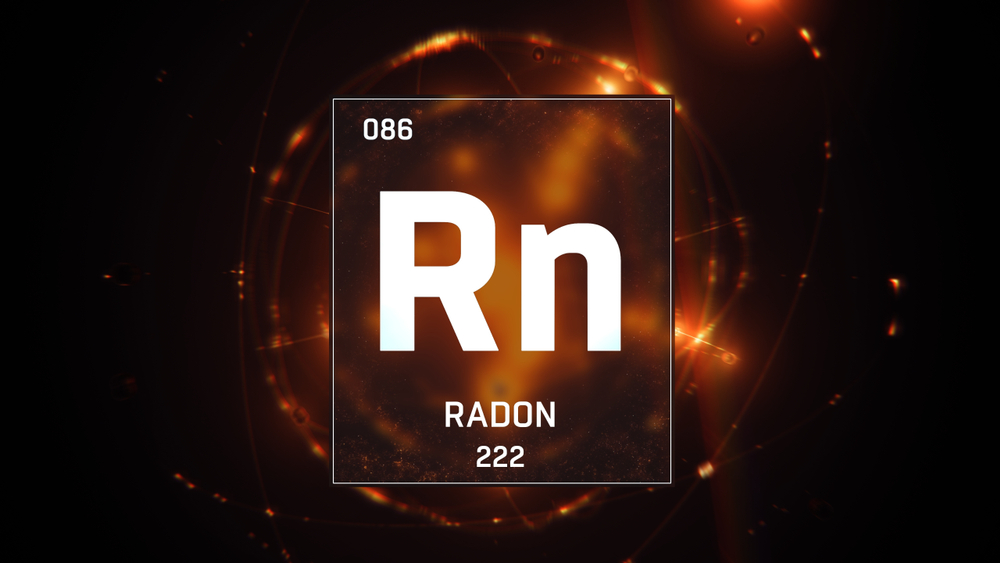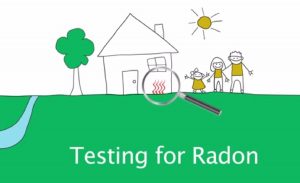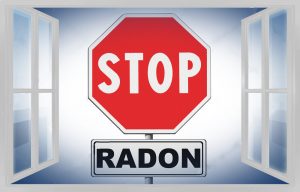Radon is an inert, radioactive gas that occurs naturally in trace amounts. Now, it is not a major health concern. However, exposure for an extended period increases the chances of getting lung cancer are higher. And that’s why you may need to go for radon testing.
Radon gas is present in the atmosphere. When it enters the house, it gets trapped in cracks and holes. This can cause radon poisoning. Many people are unaware of radon gas exposure. So, if you face any health issues, get tested immediately.
Here are the common symptoms of radon exposure and ways to prevent it.
Top Symptoms of Radon Exposure
You may not be able to detect early signs of radon exposure, but if you’re dealing with the following, you should consult a doctor:
- Coughing blood
- Severe chest pain
- Pneumonia
- Bronchitis
- Weight loss without efforts
- Fatigue
- Loss of Appetite
A significant health effect is it can cause cancer. Radon exposure is the second leading cause of lung cancer after smoking. Even if you don’t smoke, lung cancer can be high due to radon exposure. The worst part is that since radon is odorless and tasteless, you cannot detect symptoms early on.
You only get to know if you’ve radon exposure for a long time and the symptoms gradually creep up. If you’re a smoker and exposed to radon, the chances of getting lung cancer are higher.
Radon Testing – How To Test Radon Levels at Home
The problem with radon is you’ll have no clue about any exposure until something significant happens to your health. However, you can prevent and avoid health risks by testing radon levels at your house. You can conduct the following types of testing:
Short-term Radon Testing
In this type of testing, we test the radon levels for 2 to seven days using charcoal based on electric ion methodology. It’s a basic test that determines radon levels and tells whether you need another test.
Long-term Radon Testing
If you want more accurate results, you can go with long-term testing as they will evaluate the radon levels after observing for 90 days or a year. Here, radon levels are checked every season, so you know the average annual levels.
How to Prevent Radon Exposure at Home?
The first step to prevent radon exposure is to add a radon mitigation system. It involves sealing problematic areas and ventilating your house to let the radon gas out using PVC pipes. The main and the best method is to place the vent pipe in the sump pit or under the floor slab.
If you want a cost-effective way to mitigate radon from your house, you can draw radon gas from the basement floor through the vent. There’s also an easier way to let out radon gases by drawing the vent pipe out of the roof.
Though this is an expensive method, it can be easier and better to mitigate radon gases from your house. You can reduce the levels to an extent by sealing cracks and openings in your home with concrete as it’s the best temporary method. Since radon gas moves from the soil to the home, it may be due to radon poisoning if you are feeling sick.
You can use temporary methods to reduce the levels, but you need to consult a pro to install a radon mitigation system if it still doesn’t decrease. They approach the issue systematically, so you don’t have to worry about anything.
Can Radon Testing Help?
Eliminating radon is not possible, but you sure can reduce the levels to prevent significant health issues. Didn’t add a radon mitigation system or test radon levels? It’s time you get it done. Hire a professional or try using repair methods at home to reduce radon levels temporarily.
There are plenty of cost-effective ways to tackle this issue, so always be on the safer side by conducting tests whether you’re a home buyer or a seller. Since exposure to this radioactive gas causes cancer, install a radon mitigation system in your home and be safe. Talk to the Atlantic Radon Mitigation team to know more.




